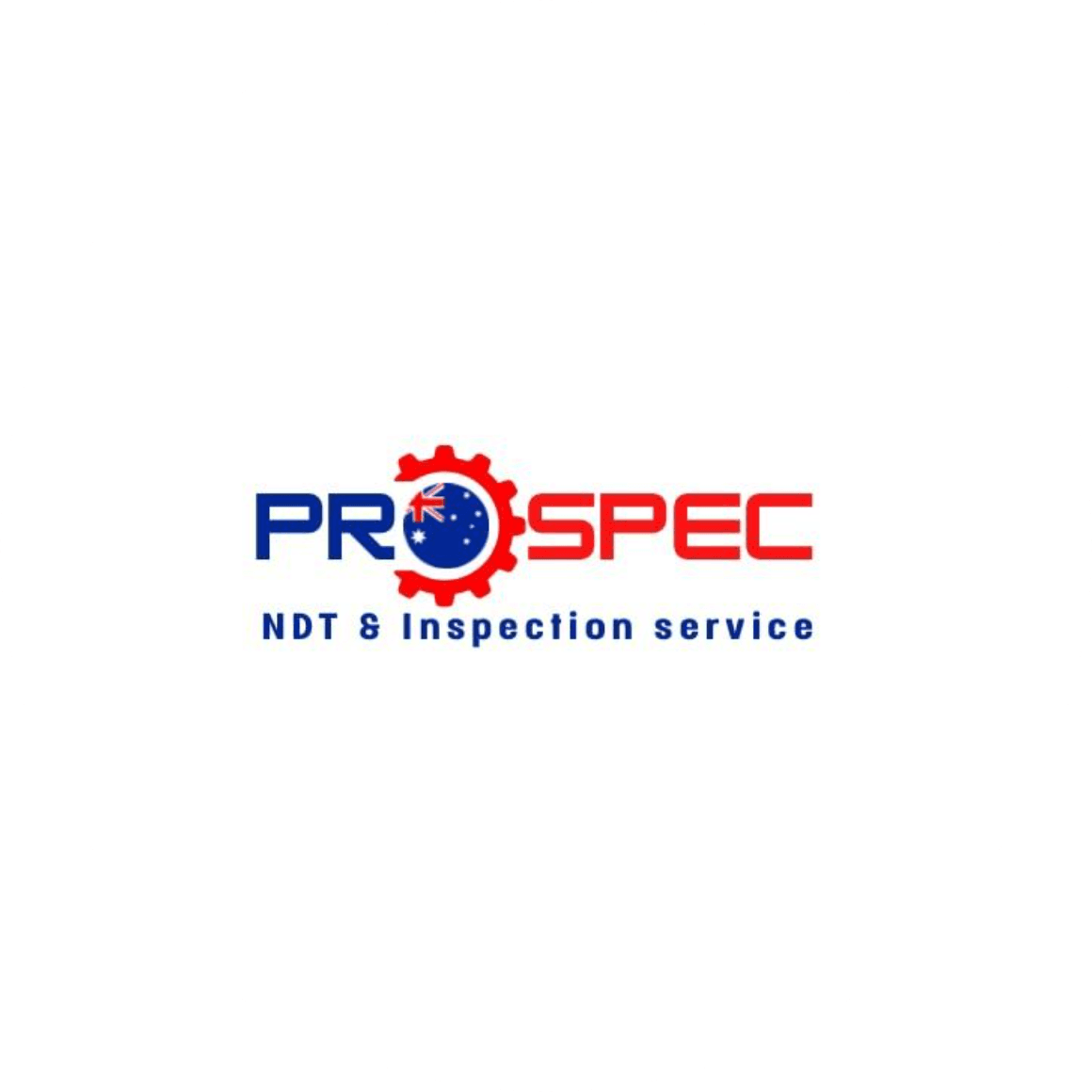Choosing the Right NDT Method for Your Annual Safety Audit in Thailand
Understanding NDT and Its Importance
Non-Destructive Testing (NDT) is an essential process in assessing the integrity and safety of infrastructure and machinery without causing damage. In Thailand, where industries such as oil and gas, manufacturing, and construction are thriving, conducting an annual safety audit using NDT methods can help identify potential issues before they become critical. Choosing the right NDT method is crucial for ensuring optimal safety and compliance with regulations.
NDT involves a variety of techniques that allow inspectors to evaluate materials, components, or assemblies for defects or changes in properties. It is a cost-effective way to prevent accidents and maintain operational efficiency. Given its importance, selecting the most suitable NDT method for your specific needs requires careful consideration of several factors.

Factors to Consider When Selecting an NDT Method
When choosing an NDT method for your annual safety audit, there are several key factors to consider:
- Type of Material: Different materials require different testing methods. For example, ultrasonic testing works well with metals, while radiographic testing might be more suitable for composites.
- Nature of Defects: Some methods are better at detecting surface defects, while others are more effective at identifying internal flaws.
- Accessibility: The location of the area to be tested can influence the choice of method. Limited access areas might require remote or portable testing techniques.
- Cost and Time: The budget and time available for the audit can also impact the decision. Some methods are quicker and less expensive than others.
Popular NDT Methods Used in Thailand
Several NDT methods are commonly used in Thailand's industries to ensure safety and compliance. These methods include:
- Ultrasonic Testing (UT): This method uses high-frequency sound waves to detect internal flaws. It is widely used due to its versatility and ability to provide precise measurements.
- Radiographic Testing (RT): Involves using X-rays or gamma rays to view the internal structure of components. It is highly effective for detecting internal defects but requires stringent safety measures.
- Magnetic Particle Testing (MPT): Ideal for detecting surface and slightly subsurface discontinuities in ferromagnetic materials.
- Dye Penetrant Testing (DPT): Useful for identifying surface-breaking defects in non-porous materials.

Regulatory Compliance and Industry Standards
Adhering to industry standards and regulatory requirements is essential when selecting an NDT method for your safety audit. In Thailand, industries must comply with local regulations and international standards such as ISO 9712 for NDT personnel certification. Ensuring that your chosen method meets these standards is critical for maintaining safety and avoiding potential legal issues.
Working with certified NDT professionals can help ensure that your inspections are conducted according to the highest standards. These experts have the necessary training and experience to choose and apply the best methods for your specific needs.
The Role of Technology in Advancing NDT
The integration of technology has significantly enhanced NDT methods, making them more efficient and reliable. Advanced software and equipment allow for real-time data analysis and improved accuracy in defect detection. In Thailand, embracing these technological advancements can lead to more effective safety audits and better maintenance strategies.

Moreover, innovations such as drones and robotics are expanding the possibilities for NDT in hard-to-reach areas, providing safer alternatives to traditional inspection methods. The adoption of these technologies can further enhance the efficacy of your annual safety audits.
Conclusion: Making the Right Choice
In conclusion, choosing the right NDT method for your annual safety audit in Thailand requires a thorough understanding of the various techniques available and their suitability for your specific needs. By considering factors such as material type, defect nature, accessibility, cost, and compliance, you can make informed decisions that enhance safety and operational efficiency in your industry. Partnering with certified professionals and embracing technological advancements can further optimize your inspection processes, ensuring that you remain at the forefront of safety standards.
